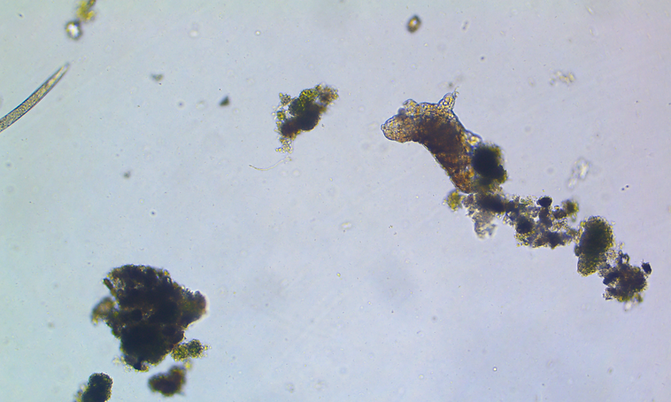
The Greek CHAOS means “void”, “chasm”, “abyss”. This mythical time preceded the empirical (profane) one. CHAOS is a god of engendering. For ancient Greeks, Earth, Sky, Love, Abyss and Gloom were born of CHAOS.
By COSMOS, the Greeks meant an aesthetically adorned order. COSMOS has always been secondary in relation to CHAOS. It would emerge by way of replenishment and clarification of its properties.
Darkness transforms into light, void — into filling, amorphy — into order. And it was precisely the human being whom Plato proposed as a prototype of COSMOS.
What do we have in mind today by reaching out to those philosophic notions? Is it not strange that we ever more frequently refer to our human life as chaotic and to the immeasurable abyss of the Universe as Cosmos?
Every style in art has strived to give birth to its own cosmos — an aesthetic structure and a formal solution. But what is taking place when the aesthetic and formal lose their meaning in the process of determining what art is? Abyss gives birth to abyss? What could be engendered by the “immeasurableness” of information? Or soon the new technologies will completely engulf the aesthetical and our old cosmos of meanings will be of absolutely no interest to a new generation of artists?
— Elena Gubanova, curator
